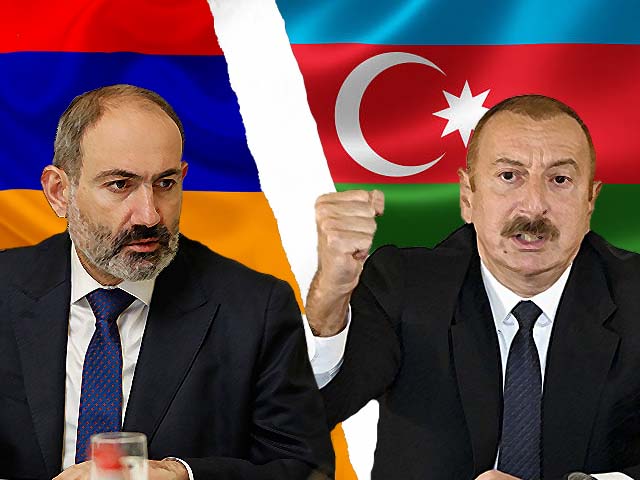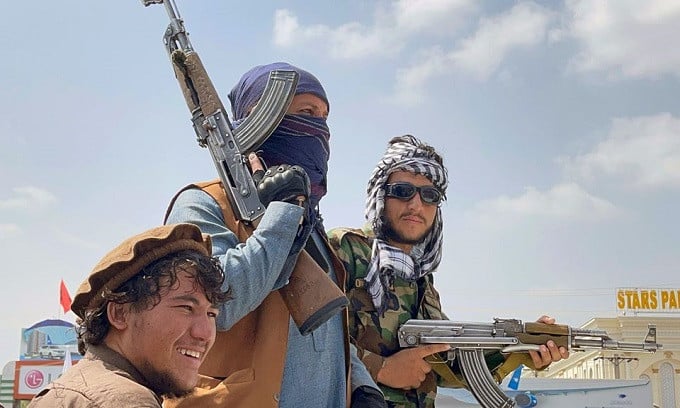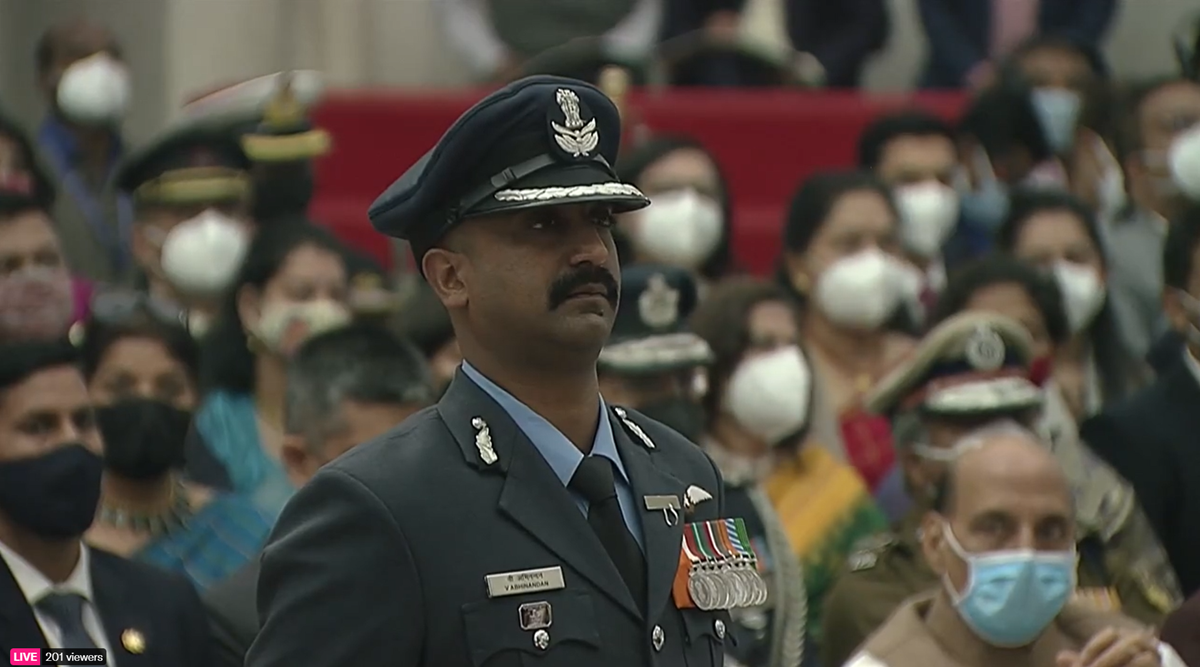
Why Armenia and Azerbaijan could be at the centre of the next global crisis
The intense clashes in the South Caucasus between Armenia and Azerbaijan over Nagorno-Karabakh threaten to provoke the next global crisis. The contested region is internationally recognised as part of Azerbaijan but is populated mostly by Armenian separatists whose titular country fought a bitter war with its neighbour over this territory from 1988-1994. No peace deal was ever agreed to and four UNSC Resolutions have called on Armenia to withdraw its military forces from this Azerbaijani land, which it has failed to do to this day.
Both sides blame one another for this latest round of unrest which has spread all along the Line of Contact (LOC) between their military forces. Armenia says that Azerbaijan launched an unprovoked attack whereas Azerbaijan accuses Armenia of doing exactly just that and therefore describes its own actions as a counteroffensive. Whatever the truth may be, Azerbaijan indisputably has the UN-enshrined right to regain control of its internationally recognised territory, though ideally through peaceful means than forceful ones.
Observers have warned that the ongoing violence is the worst since the end of the war in 1994. Both countries as well as the de-facto independent but Armenian-controlled Nagorno-Karabakh administration (which calls itself the “Republic of Artsakh”) have declared martial law. Armenia and the authorities in “Stepanakert” (Khankendi in Azeri), the capital of Nagorno-Karabakh, have announced the total mobilisation of their armed forces while Azerbaijan’s is partial for now. In turn, Turkey declared full support for its ethnic kin in Azerbaijan.
The situation is concerning because Armenia is Russia’s mutual defence ally through the Collective Security Treaty Organisation (CSTO), thus leading to fears that Turkey’s potential military intervention in the conflict could provoke a Russian-Turkish clash if Moscow rushes to Yerevan’s aid upon request. The worst-case scenario is that the Armenian-Azerbaijani conflict becomes either a proxy war or even a formal war between the CSTO and NATO (remembering that Turkey is part of that transatlantic alliance).
With the likely intention of averting that unthinkable disaster as well as preventing their newfound strategic partnership from fraying over the latest Nagorno-Karabakh crisis, the Russian and Turkish Foreign Ministers held a phone call with one another on Sunday. It’s unclear exactly what they talked about, but reason suggests that they intended to ensure that such a worst-case scenario doesn’t transpire by miscalculation. Nevertheless, the infamous fog of war could steer them off course unless hostilities are immediately ceased.
However, herein lies the problem since neither Armenia nor Azerbaijan are ready to back down. Armenian Prime Minister Pashinyan hinted that his government could recognise the separatist Nagorno-Karabakh authorities as “independent”, something that Azerbaijan had previously warned would cross a red line. With all three sides under differing degrees of martial law and military mobilisation, there are credible fears that everything might soon spiral further out of control.
This is especially so since Azerbaijan accused Armenia on Monday of attacking the town of Terter which is located outside of the conflict zone, vowing to retaliate to this expansion of the conflict beyond the former Nagorno-Karabakh Autonomous Oblast and the surrounding Azerbaijani regions that have been occupied by Armenia since 1994. If Azerbaijan strikes internationally recognised Armenian territory, be it to prevent its rival’s forces from striking it from there or transiting to the front lines, then it might prompt a Russian response.
Russia is legally obliged to defend Armenia through the CSTO, but Azerbaijan could argue that it was pre-empting Armenian aggression through its actions against military units on Armenian territory. Moscow would prefer not to launch a military intervention out of fear of Western sanctions and further escalating this crisis to the earlier described worst-case scenario of a CSTO-NATO war, but it must also show that its mutual defence promises are meaningful, especially if Turkey militarily intervenes first.
This dilemma is the most dangerous dimension of the present conflict, one which appears intractable since the warring parties are clearly preparing for a drawn-out conflict with one another. Observers can only hope that a creative solution will soon be proposed that would be acceptable to all sides, allowing each of them to save face while mutually de-escalating this crisis from the brink of becoming a much larger war. This week will thus be pivotal in determining whether peace will prevail or if it’s doomed for the foreseeable future.




COMMENTS (2)
If you see on the map of Azerbaijan, the existence of Nagorno Karabakh region surrounded by the Republic of Azerbaijan is a totally illogical existence. By all means Nagorno Karabakh is Azerbaijan's territory and secondly Nagorno Karabakh, Kashmir, South China sea etc are flashpoints and in case of outside interventions, may trigger another world war and hence they have to come up with a new name for United Nations. The Group of Nations maybe.
Nagorno-Karabakh is UN declared territory of Azerbaijan and has rights to protect its land in any case.
Comments are moderated and generally will be posted if they are on-topic and not abusive.
For more information, please see our Comments FAQ